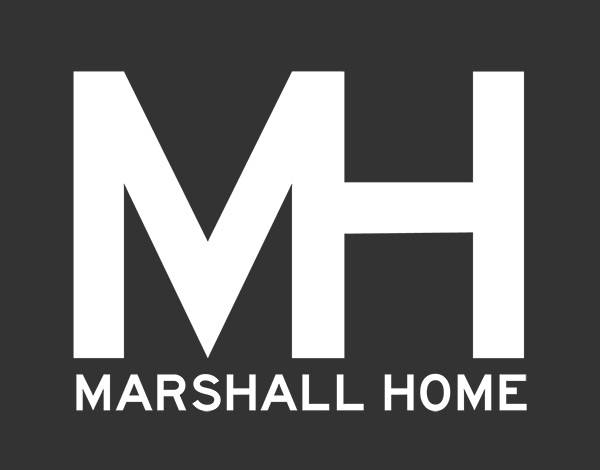
You probably have personal experience with just how much sleep affects mood. If you miss a full night of sleep the day after just feels more stressful. Irritability increases when we need more sleep.
Research studies that limited subjects to only 4 ½ hours of sleep each night found that after just one week, subjects reported increases in feelings of anger, stress, sadness and more difficulty thinking clearly.
Fortunately, after returning to normal sleep the participants in the study noted major improvements in their ability to concentrate and general mood.
Mood and Sleep are closely related.
Have you noticed that when you are anxious about a test, review or even an exciting event like a vacation you have trouble falling asleep? Anxiety makes you feel more alert. If you are feeling stressed constantly or reacting to stress you may be experiencing sleep problems.
Perhaps you are having trouble falling asleep.
There is a very strong chance that your mattress is inadequate. Ensure that your mattress is providing firm support with pressure point relief that allows you to feel comfortable. Seeing a sleep specialist with expertise to fit you properly for your mattress can ensure this is not an issue.
If you have difficulty sleeping, experts say it may be an early sign of depression. Up to 20% of people diagnosed with insomnia will develop major depression. Research is still being done on this subject but depression and abnormal sleep patterns may be related according to some studies.
Make yourself happier with a better sleep environment. If you are not sleeping it can cause you to feel off your game. Stop in to your nearest Mattress Direct showroom and consult with our factory trained sleep specialists. Sleep and your mood are related so don’t put off getting rest any longer.
All Mattress Direct factory direct show rooms have mattress specialists trained to fit you for the best mattress for your sleep needs. Plus, Mattress Direct makes shopping for the right mattress easy with our nationwide guaranteed lowest price factory direct savings. You get the lowest prices on everything in our showroom up-front so we can focus on finding the best mattress to help you.
Mattress Direct is a factory direct showroom for Tempur-pedic, Sealy, Stearns and Foster, iDirect, King Koil, and Campbell Mattress of Missouri. We proudly carry mattresses made in USA such as the Sealy Posturepedic, King Koil, Sealy Posturepedic Hybrid, Sealy Conform, Tempurpedic Cloud, Tempurpedic Conform and Tempurpedic Flex, Stearns & Foster Estate, Stearns & Foster Lux Estate, Stearns & Foster Reserve and Stearns & Foster Hybrid. We are locally owned and operated serving the greater St. Louis area and growing. Please visit our factory direct mattress showrooms so you get the lowest price and the very best mattress for your particular needs.
